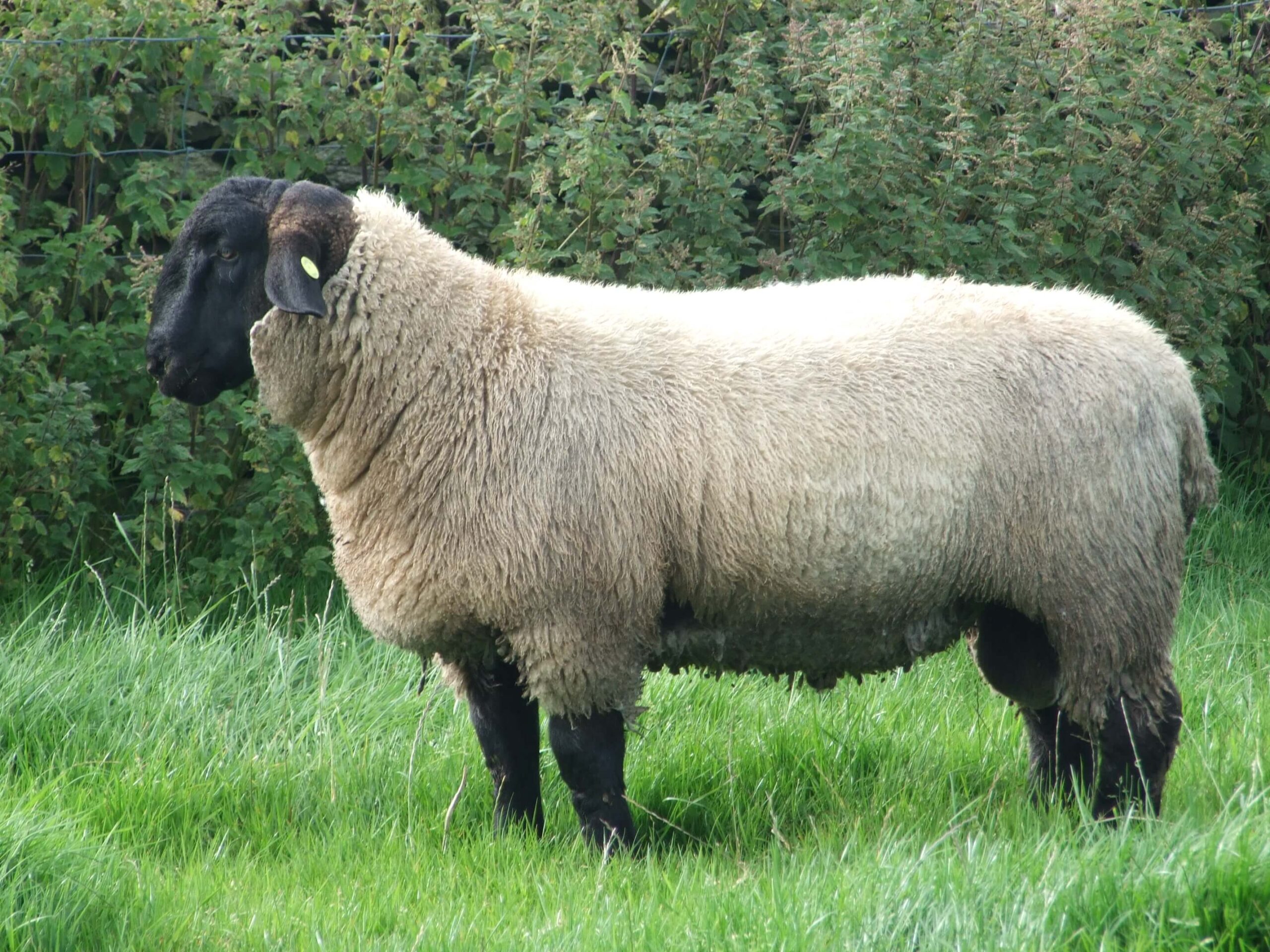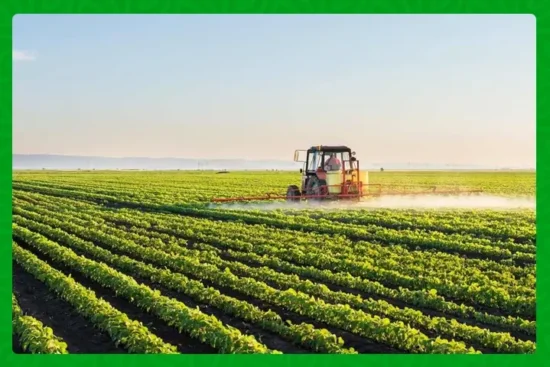
Kenya has just opened a new chapter in livestock development by approving the import of sheep and goat genetic material from the United Kingdom. The deal covers embryos, live breeding animals, and gametes and is expected to be worth roughly US$922,000 a year. This is more than a trade headline. It is a deliberate move to raise productivity, harden resilience, and turn Kenya into a stronger player in regional red meat markets.
Why this matters now
For smallholder farmers and commercial producers alike, genetics are the difference between hope and predictable income. Britain is globally respected for breeds such as the Suffolk, British Friesland, and East Friesian, breeds prized for fertility, growth and milk performance. Bringing these genetics into Kenya aims to accelerate improvements that used to take decades to achieve through local selection alone. The agreement is a practical plug into proven breeding know how.
Growth is already happening on the ground
Kenya is not starting from zero. Goat meat production jumped by about 74 percent from 55,871 tonnes in 2022 to 97,436 tonnes in 2024, while mutton output rose by roughly 43 percent in the same period. Exports have expanded too, with shipments of sheep and goat meat more than doubling from 12,508 tonnes in 2020 to 25,186 tonnes in 2024. Those figures show strong market momentum that better genetics will be able to sustain and amplify.
What improved genetics actually deliver
When breeders introduce high performing genetics, results show up in predictable, measurable ways. Expect higher kidding and lambing rates, faster growth to slaughter weight, improved carcass quality, and in dairy breeds, more milk per animal. For pastoralists and mixed farmers this can mean fewer animals needed to produce the same output, lower pressure on grazing land, and more reliable incomes when markets are tight.
But genetics do not operate in a vacuum. To translate better genes into higher household incomes, the supply chain needs to be ready: reliable feed, vaccines and veterinary services, and extension support that helps farmers manage new breeds responsibly.
Scale and national importance
The scale of Kenya’s livestock sector is significant. In 2024, the country had about 38.42 million goats and 26.21 million sheep, showing how many livelihoods are linked to small ruminant production. Livestock farming accounts for about 42 percent of Kenya’s agricultural GDP, so any measurable productivity gain can ripple across rural income, food security, and export earnings. The new import agreement therefore has macroeconomic as well as farm-level implications.
What success will look like
Short term, success means healthy, well quarantined deliveries of embryos, semen and selected live breeders into certified programs. Medium term, success shows as higher average carcass weights, improved reproduction rates, and more consistent supply into processors and exporters. Long term, it is about institutionalizing breeding programs so that Kenyan flocks carry stronger genetics as part of their baseline, reducing the need for repeated imports after initial rollouts.
This will require coordinated action. Public veterinary services, private sector breeders, cooperatives and export processors must align on standards and biosecurity. Investment in cold chain and artificial insemination capacity will be essential to move from isolated successes to widespread improvement.
Challenges to keep front of mind
There are predictable hurdles. Introducing new genetics risks mismatch with local climates and management systems if the breeds are not properly adapted or if feed and health systems lag behind. Biosecurity and quarantine must be rigorous to avoid introducing disease. And careful planning is needed so that smallholders are not excluded from benefits that could otherwise go to larger commercial farms.
Experts warn that herd renewal, feed supply, and veterinary coverage must improve in parallel with genetics. If those structural pieces are missing, the yield gap between genetic potential and actual output will remain.
A practical recipe for impact
To get the full value from this agreement, stakeholders should focus on five practical steps:
- Set up certified nucleus and multiplier herds so improved genetics propagate quickly.
- Scale artificial insemination and embryo transfer services with strong cold chain and lab capacity.
- Train extension officers and farmers in nutrition and breeding management tailored to the new genetics.
- Strengthen veterinary surveillance and quarantine to protect animal health.
- Build inclusive out grower and cooperative models so smallholders capture value.
When those steps are combined, genetics move from a fragile experiment to a durable productivity engine.
The bigger picture
This move is not only about meat and milk. It signals a maturing trade relationship and a sharpening focus on agricultural modernization. For consumers it can mean more consistent supply and possibly better prices in the long term. For farmers it is an opportunity to move from subsistence to surplus, from survival to business. For the country it is a step toward higher rural incomes and deeper export capability.
If Kenya can pair the genetic inputs with the right infrastructure and policy support, the result will be more resilient flocks, stronger rural economies, and a clearer route to competitive exports. The new agreement is a practical investment in that future.
Importing genetics is not a magic bullet. But when used responsibly, it is one of the fastest levers to lift productivity in livestock. Kenya’s approval to receive British embryos, semen and breeding stock is a pragmatic signal that policymakers and industry are serious about scaling up the sector. The real work now is local. Good genes need good farms to flourish.
Stay updated with the latest farming tips and agriculture industry news from Africa by subscribing to our newsletter. Don’t miss out on valuable insights and updates. Follow us on Twitter, LinkedIn, and Facebook to join our farming community and stay connected with us.


















